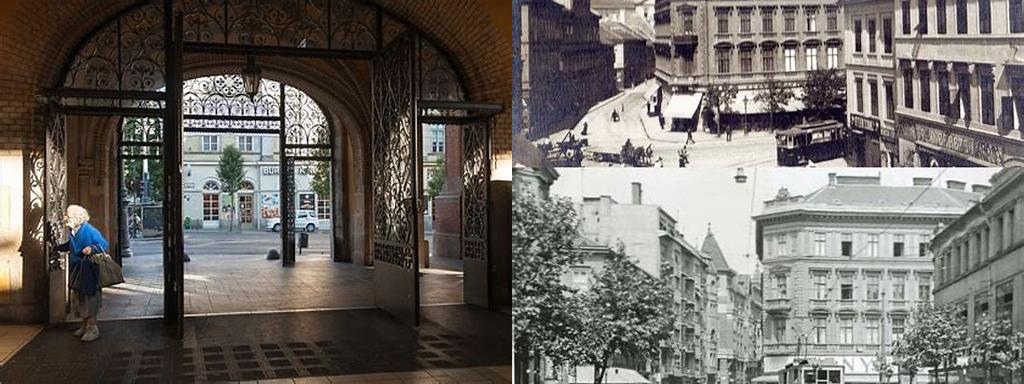
Régi vámház is one of those spots that’s hard to miss if you’re wandering through the heart of Győr. The building seems to quietly and confidently remind everyone that, yes, this city has a story worth telling. Sitting at the edge of the old town, the Régi vámház—literally translated as “Old Customs House”—is more than just stones stacked on stones; it’s a kind of living album, pages full of centuries-old trade, ambitious plans, river legends, and a surprising dash of romance in its architectural details.
Anyone with an eye for history will notice straight away that the Customs House isn’t just here by chance. Its location, near the confluence of the Danube, Rába, and Rábca rivers, made it a central hub for commerce as early as the 18th century. While exact records are a tangle of faded ink and whirling rumors, historians believe the current building was erected sometime in the late 1700s or early 1800s. Back then, controlling goods—and taxing them—was big business, and Győr’s importance as a “port” was tightly bound to the function of this house. It wasn’t just goods passing through, but stories, languages, and the occasional smuggler who thought they could outwit the ever-watchful customs officials.
Step closer to the Régi vámház today, and the details really start to shine. The façade is a delicate mingling of baroque bravado and practical merchant sensibility—a bit like the balancing act of trade itself. High, arched windows peer out over the little square in front, as if keeping track of every merchant, sailor, and cart that might roll past. Inside (when open to visitors), the ceilings aren’t shy about showing off their ornate stucco detailing. There’s something almost poetic about the flow of light through these rooms, which once echoed with the clatter of ledgers slamming shut, the low rumble of negotiations in a dozen languages, and the occasional reprimand when someone tried to dodge a fee.
Visitors often look for the names behind these walls—was there a famous commissioner, a notorious tax collector? We do know that the house fulfilled its role through significant events: think 1848, when Győr was swept up in the excitement and chaos of the Hungarian Revolution, and again in the 20th century, as world wars and boundary changes transformed the meaning of “customs.” Each time the city reinvented itself, so did the Old Customs House. These days you’re more likely to find the echo of music from a cultural event or a local market than the thunder of hooves or the anxious footfalls of those hoping to slip through customs unnoticed.
For anyone who loves architecture, there’s something magnetic about the Régi vámház. The house manages to keep one foot firmly planted in the past, but it’s not trapped there. You can feel the tug-of-war between practicality and opulence in its stonework, the same tension that shaped the era and city itself. And, like all the best historical sites, it has a way of adapting—sometimes hosting exhibitions, sometimes quietly overseeing the bustle of present-day urban life, always somehow grounding the city’s rhythm.
Wandering around the riverside or sipping coffee in the square out front, you almost expect to bump into a merchant from 1812—ledger under his arm, nervously checking for the customs officials, or perhaps a local poet jotting down lines inspired by the stream of travelers and traders passing through. The Régi vámház is the perfect companion for an unhurried afternoon of exploration. It’s not just a building—it’s a meeting point where centuries cross paths with the present moment, waiting for new stories to enter through its doors.





